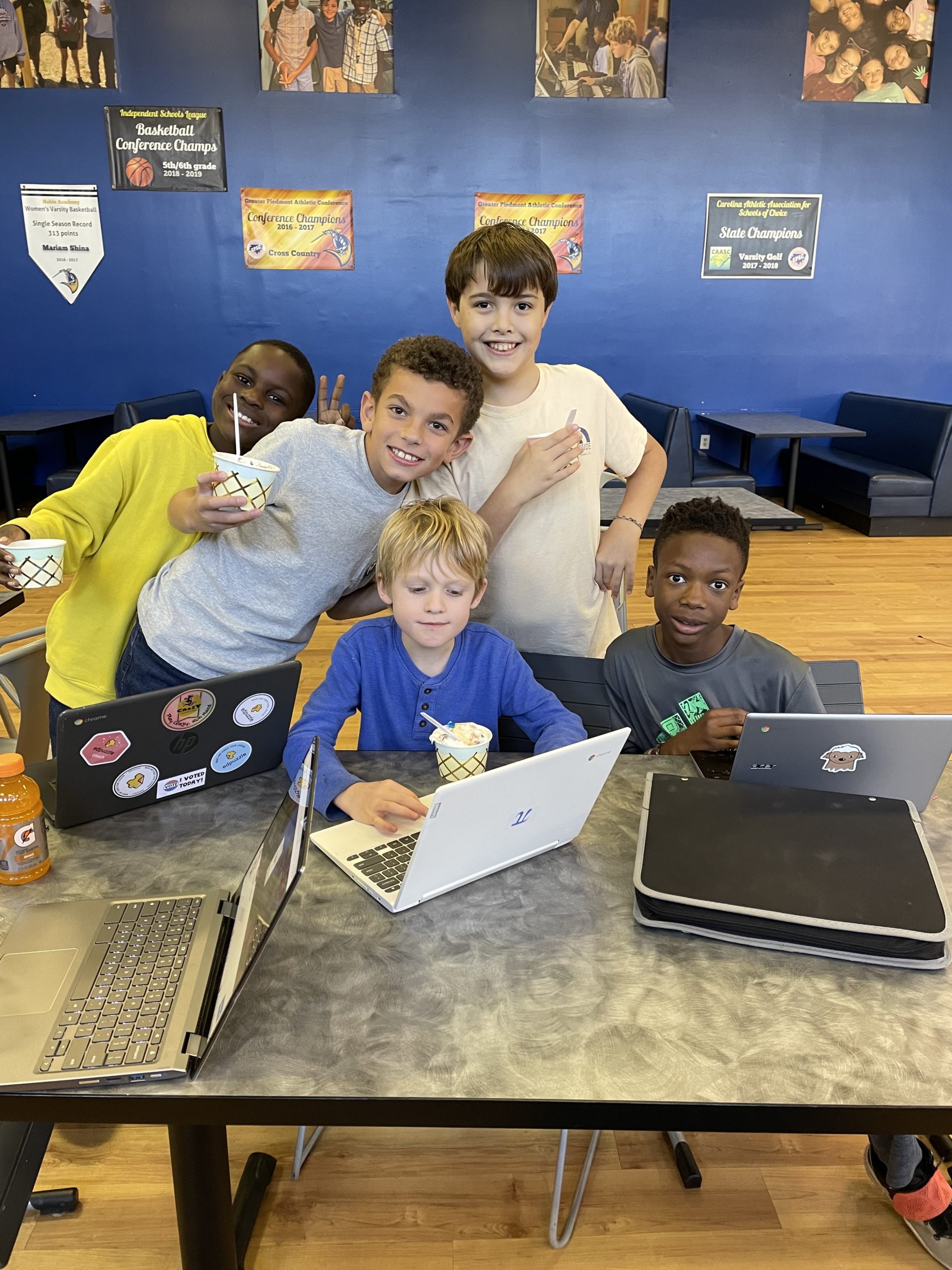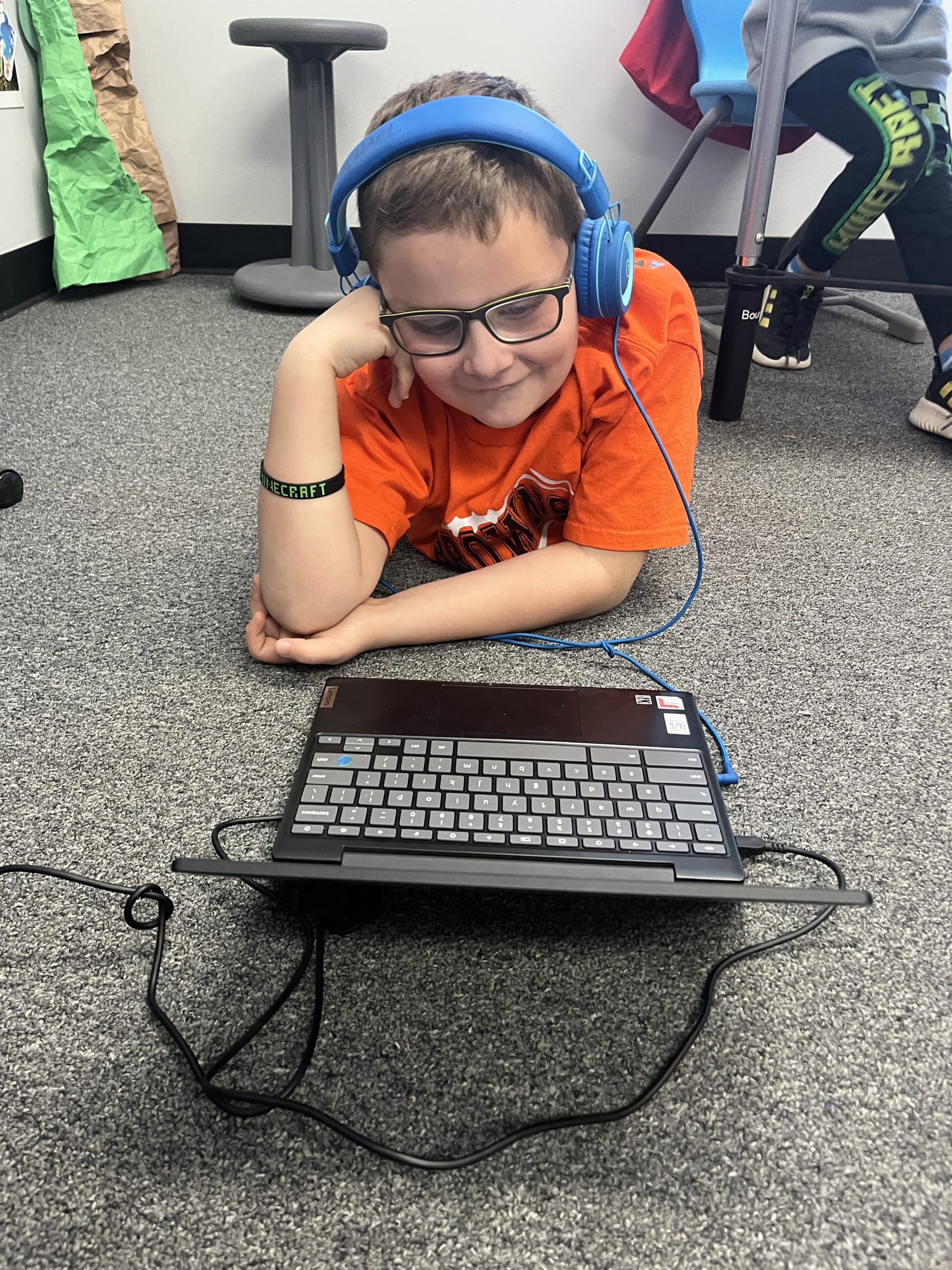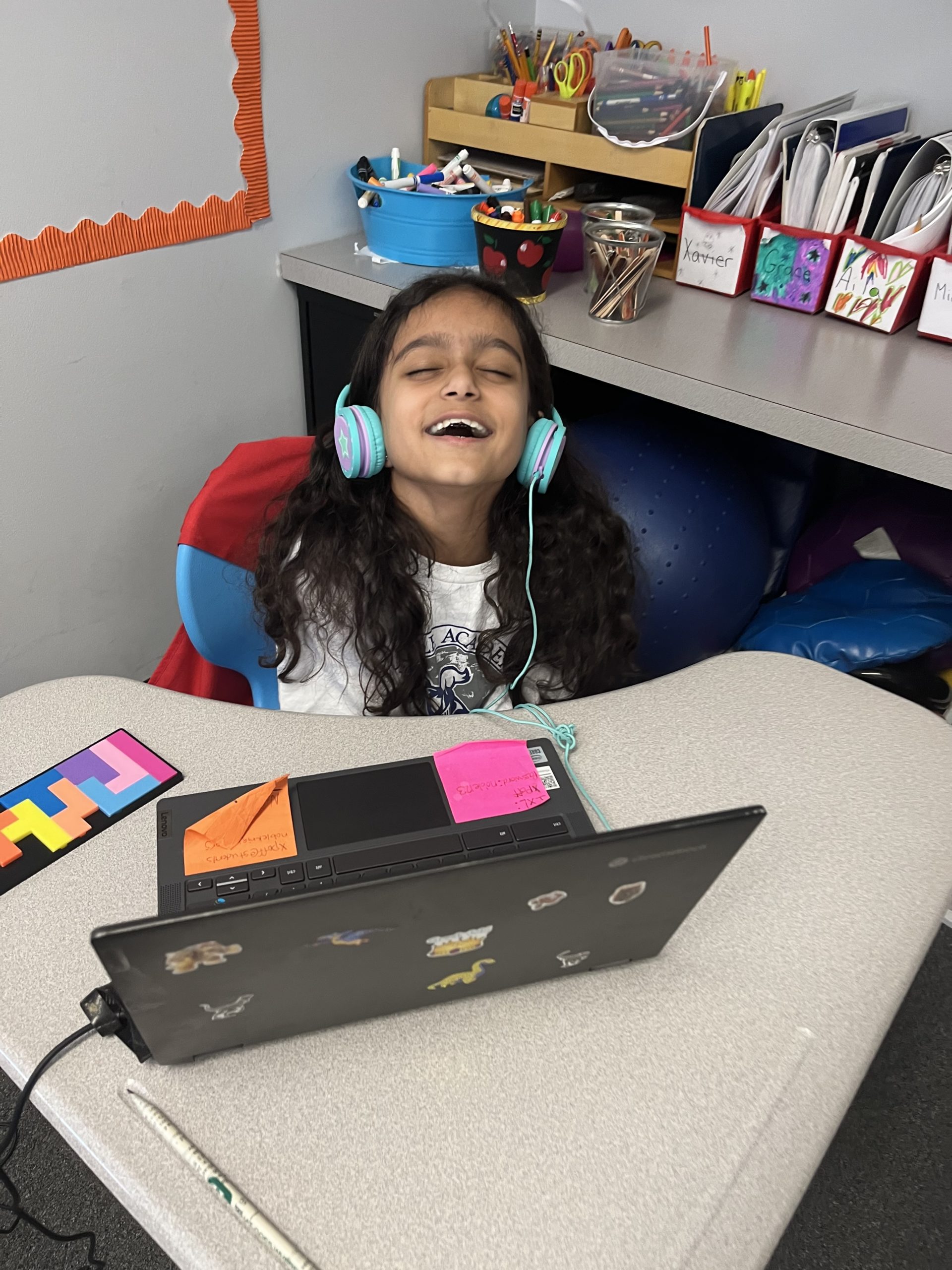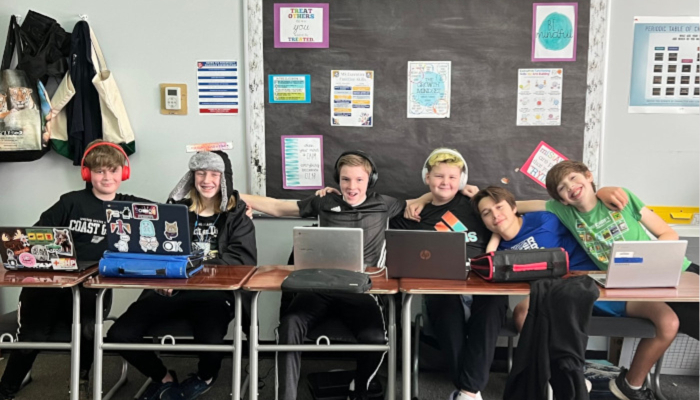Assistive Technology – Helpful Educational Tool for Many Students
By Jennifer Aceves, Director of Academics, Noble Academy
Have you ever enlarged the font size on your device so that you could see it more easily? Listened to an audiobook? Used GPS to get to your location? How many times have you asked Alexa for help? Assistive technology continues to be more and more embedded in our society and generally allows us to complete tasks more efficiently or accurately.

Assistive Technology Tools for Learning Differences
Two tools that you have probably been using for years without much thought are calculators and spell check, but there are now so many more tools available. Assistive technology is just as helpful in the school setting. Additionally, for students with learning differences, it is often essential for their success. Students with learning differences often have to work much harder or longer than their peers just to learn the same material or complete assignments. Assistive technology helps reduce that extra labor, reducing barriers that prevent students from reaching their highest potential. By providing access to learning materials, assistive technology helps students with learning differences keep up with their peers and stay engaged in the learning process.
Read&Write
Take read-aloud, for example, such as an audiobook, or a screen reader. Students with dyslexia or other reading disabilities may not be able to read grade-level text accurately or process it quickly enough to keep up with the pace of the class. Assistive technologies that provide read-aloud allow students access to the content. Students with ADHD can also benefit from read-aloud when paired with written text as the two modes of input can help improve focus and retention. At Noble Academy, we use Read&Write for Google ChromeTM which works across websites, PDFs, and Google Docs. Read&Write is a powerful tool, but there are many other apps and extensions that have read-aloud functionality, both for computers and phones.
Another one of Read&Write’s most utilized features here at Noble Academy is speech-to-text. Being able to dictate rather than write or type can help students who struggle to get their thoughts out on paper. It also helps those whose minds create content much faster than their hands can write or type it. Plus, it is an essential tool for students with dysgraphia and fine motor difficulties, whose pace of writing or typing can impede their academic output. Google Docs also has a Voice Typing Tool built right in. Assistive technology for writing can help students to overcome their writing difficulties and communicate their ideas more effectively.
PDF Writer
Another assistive technology tool that can be helpful or even essential for students with writing difficulties is a PDF writer. Worksheets, job applications, and medical forms are not often designed with enough space for students to write their answers legibly. If that worksheet could be scanned into a PDF tool, students can type or dictate their answers instead of having to handwrite them. Here at Noble Academy, we use Kami, which also has a read-aloud function, as well as other tools such as the ability to highlight and draw on the PDF.
Captions
Another form of assistive technology that might not be as well known or utilized is captions. Closed captioning is obviously essential for those who are Deaf or Hard of Hearing, but also provides benefits for others with and without learning differences. Having the captions on a video can help students with auditory processing difficulties. Captions have been shown to help improve reading comprehension, focus, and retention in a variety of learners.
AI
While nearly all of these assistive technology tools actually do use artificial intelligence in order to function, the existence of AI (such as Chat GPT) as a stand-alone assistive tool is just the tip of the iceberg. As we learn more about its capabilities, we will be able to better leverage AI to help students with learning differences with an even wider range of tasks, helping remove more barriers to their success in school and in the workplace.

Assistive Technology is a Powerful Learning Tool
Framing assistive technology as a tool that can benefit anyone, especially when it comes to completing a task more efficiently and accurately, helps students be more willing to try it. At Noble Academy, we explicitly teach and model the tools and also make them available to all of our students through their school accounts. When students have this technology embedded into their school day and are encouraged to use it to help them complete their assignments, they more quickly become comfortable with it, and embrace it as a useful tool both in and out of school. By providing tools to promote independence, assistive technology can help students to build confidence and self-reliance.
To learn more about Noble Academy or to schedule a tour, visit nobleknights.org or their Facebook and Instagram sites.

Sponsored by Noble Academy







